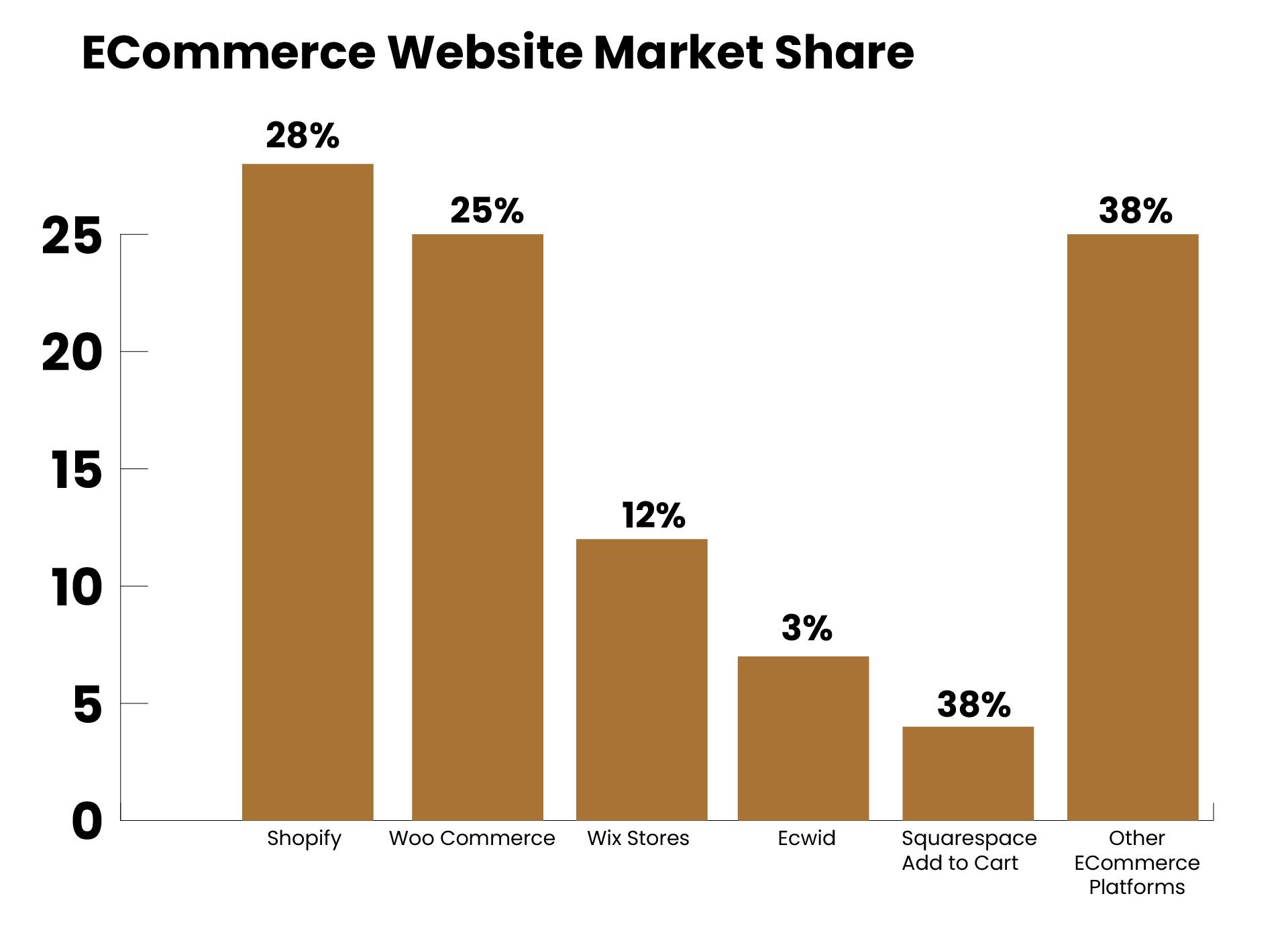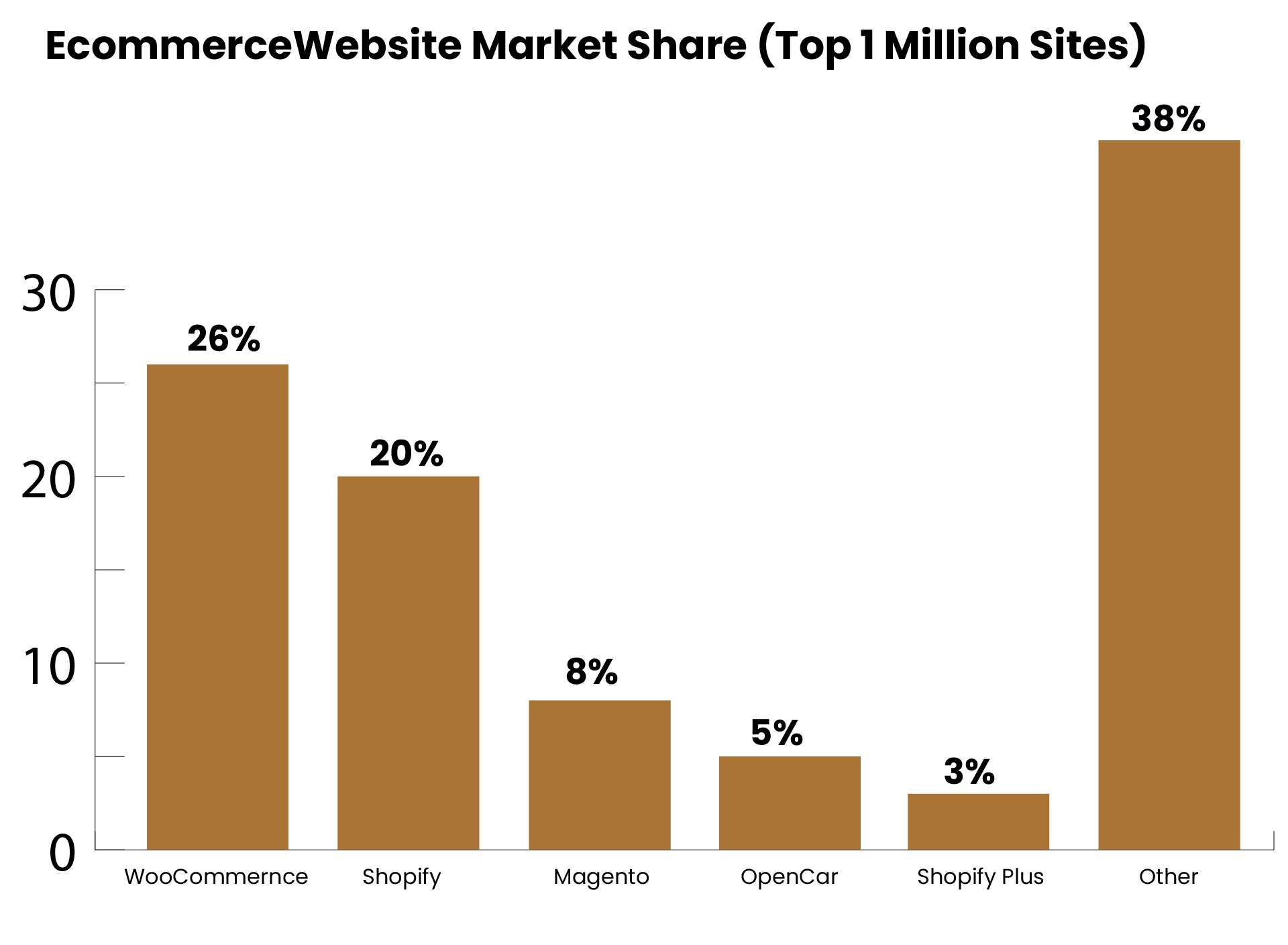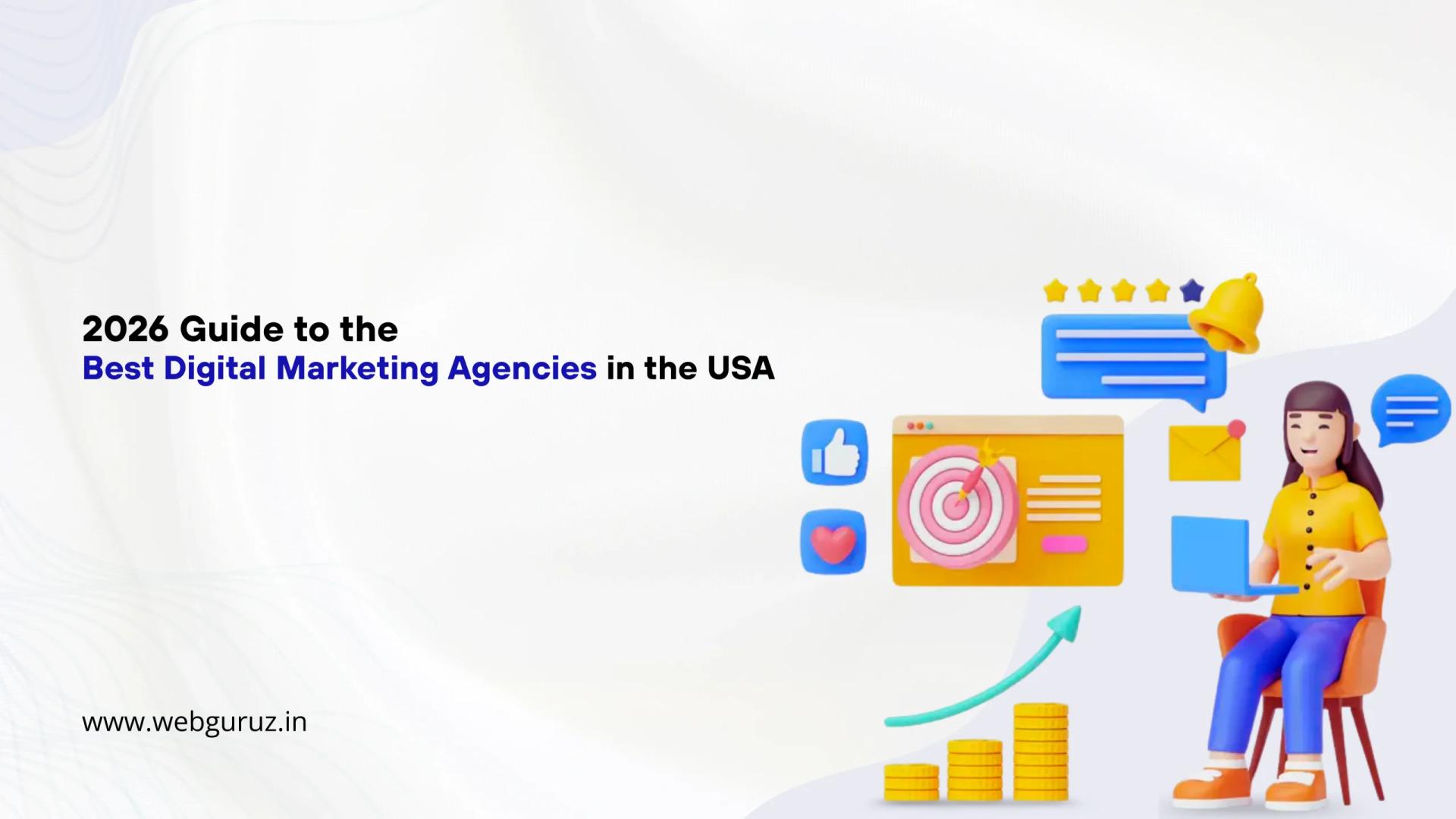Dilpreet Kaur
2025-12-25
7 min read
Top eCommerce Development Companies in the USA for 2026
Finding the right partner can make or break your online business.
Read More
Shopify has emerged as a market leader, renowned for its simplicity and ease of use. It is a fully hosted platform that handles the technical aspects such as hosting, security, and software updates. This hands-off approach makes it ideal for entrepreneurs who want to focus on their core business rather than getting caught up in the technical details. With an intuitive interface and user-friendly design, Shopify allows you to set up your store quickly and efficiently.
WooCommerce, on the other hand, operates as a plugin for WordPress, one of the most popular content management systems (CMS). This integration empowers users with extensive customization options and flexibility. WooCommerce is an open-source platform that enables users to modify and adapt their online stores according to their specific needs. If you are already familiar with WordPress, WooCommerce offers a seamless transition and harnesses the strength of the WordPress community.
Also Read: WooCommerce vs Magento: Which Is the Best E-Commerce Platform?
As per statistics, both Shopify and WooCommerce are the two leading e-commerce platforms. Statistics show that Shopify holds over 28% market share, while WooCommerce accounts for 25% of it.

However, it is important to note that this data relates to the e-commerce websites that use Woocommerce for checkout.
There are over 6.5M websites that use Woocommerce elements. And, of the top 1M websites that exist, the Woocommerce market share stands at 26%. Shopify, at the same time, stands at 20%, rendering Woocommerce the most popular e-commerce platform for high-traffic e-commerce stores.

When making a choice between Woo-Commerce or Shopify, following are some things you should know.
Shopify offers an impressive collection of professional and visually appealing themes that cater to various industries. While customization options are available, they may be limited compared to WooCommerce. Shopify’s themes are generally designed with mobile responsiveness in mind, ensuring that your store looks great on any device. If you desire a unique design, Shopify does offer the ability to hire a professional designer or utilize their powerful Liquid templating language.
WooCommerce, being part of WordPress, boasts an extensive library of themes and plugins. The flexibility provided by WooCommerce allows users to customize every aspect of their online store, from the homepage to individual product pages. With access to thousands of WordPress themes and plugins, you can create a truly personalized shopping experience for your customers.
Recommended Read: The Art of Crafting Beautiful and Responsive Web Design
Shopify’s fully hosted infrastructure ensures high performance and scalability. It can handle large amounts of traffic and transactions without compromising speed and reliability. Shopify takes care of all the technical aspects, ensuring that your store is always up and running smoothly. Additionally, Shopify offers various plans that cater to businesses of all sizes, allowing you to upgrade as your store grows.
WooCommerce’s scalability is directly tied to your hosting infrastructure. With the right hosting provider, you can achieve excellent performance even with high traffic volumes. However, managing your hosting environment requires technical knowledge and ongoing maintenance. This level of control can be beneficial for experienced users but might pose challenges for beginners.
Both Shopify and WooCommerce offer a wide range of e-commerce features to help you run a successful online store. Shopify provides built-in functionalities for managing inventory, processing payments, and tracking sales. It also offers a variety of add-ons and apps through its app store, allowing you to enhance your store’s functionality with ease.
WooCommerce, as a WordPress plugin, offers countless extensions and plugins to extend the core functionality of your online store. Whether you need advanced shipping options, subscription management, or integration with third-party tools, WooCommerce’s extensive ecosystem has you covered. This flexibility enables you to tailor your store to your unique requirements.
Shopify supports a wide range of payment gateways, including its proprietary system called Shopify Payments. While Shopify Payments integrates seamlessly with the platform, it does come with transaction fees that are on top of the fees charged by the payment gateway you choose. However, if you use a third-party payment gateway, Shopify will charge additional transaction fees.
WooCommerce, being a self-hosted solution, allows you to choose from a variety of payment gateways without any transaction fees imposed by the platform itself. This gives you more control over the costs associated with processing payments. However, it’s important to note that the payment gateway you choose may have its own fees.
Both Shopify and WooCommerce offer robust SEO capabilities to optimize your store for search engines. Shopify provides built-in SEO features, including customizable meta tags, URL structures, and automatic sitemaps. It also integrates well with popular marketing tools, allowing you to implement marketing strategies effectively.
WooCommerce, as part of WordPress, benefits from the vast array of SEO plugins available. You have more control over optimizing your store for search engines, including the ability to create custom landing pages and implement advanced SEO techniques. With access to powerful WordPress plugins, you can implement various marketing strategies and leverage the vast WordPress community for guidance.
Shopify boasts excellent customer support, offering 24/7 assistance via phone, live chat, and email. The platform provides extensive documentation, video tutorials, and an active user forum where you can seek help and guidance. Shopify’s dedicated support team ensures that any issues or questions you encounter are addressed promptly.
WooCommerce, being open-source, relies on community support. While there is an official support team available, the primary source of assistance comes from forums, documentation, and the broader WordPress community. With a large user base and active developer community, finding solutions to common issues is usually straightforward. However, it may require more self-reliance and technical knowledge.
Shopify offers a range of pricing plans to suit different business sizes and needs. The plans include hosting, security, and technical support. The basic plan starts at a monthly fee, while higher-tier plans provide additional features and lower transaction fees. It’s important to factor in the costs of third-party apps and add-ons if you require additional functionalities.
WooCommerce, as an open-source plugin, is free to use. However, you will incur costs for domain registration, hosting, and SSL certificates. Additionally, if you opt for premium themes or plugins, they may come with one-time or recurring fees. It’s essential to consider these expenses when comparing the overall costs of running a WooCommerce-powered store.
Choosing between Shopify and WooCommerce ultimately depends on your specific business requirements and level of technical expertise. Where, Shopify offers simplicity, ease of use, and a fully hosted solution, making it an excellent choice for beginners or those who want to focus on their core business, WooCommerce, on the other hand, provides flexibility, customization options, and the power of WordPress, making it a great fit for those who value complete control over their online store.
When making a choice between Woocommerce or Shopify, it’s good to consider factors such as design needs, scalability requirements, e-commerce features, payment gateway preferences, SEO capabilities, support availability, pricing structures, etc. Remember that both platforms have their strengths and weaknesses, and the right choice will depend on your unique circumstances and long-term goals.
Recommended Read: The True Cost of Website Development: Beyond the Upfront Investment

Dilpreet Kaur
2025-12-25
7 min read
Finding the right partner can make or break your online business.
Read More
Dilpreet Kaur
2025-12-25
7 min read
Sending emails and hoping for the best isn’t a strategy.
Read More
Dilpreet Kaur
2025-12-25
7 min read
Finding the right digital marketing agency can feel overwhelming. With thousands of options out there, how do you know which one will actually help your business grow?
Read More